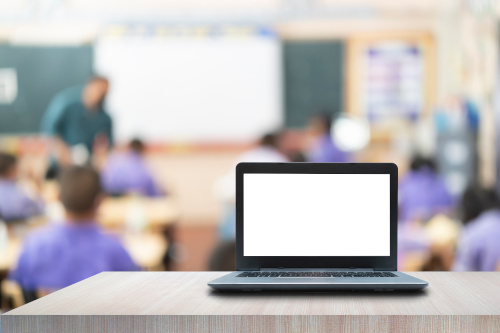
During the “emergency teaching” era of the COVID-19 pandemic, digital resources and edtech tools were used by educators worldwide in an effort to maintain students’ continuity of learning. Tremendous investments were made by school systems in an effort to rapidly scale digital learning.
With many of the COVID-era restrictions receding, it is tempting to think that we’ve entered into a new, highly digital era of education that will be far less dependent on pencils and paper. But, in the famous words of college football insider and former coach Lee Corso, “Not so fast my friend!”
Interestingly, the post-COVID teaching environment has so far, in my opinion, been marked by a strong desire to see things done with pencil and paper. In my district, I hear from educators, students, and families alike that they wish to see what they learned online to be applied in hard copy. After a two-year period where “virtually” everything was done on an iPad, parents have a thirst to see their children bringing home papers in their backpacks again.
This push back to analog forces district leaders to view edtech through a new, more critical lens. Now, instead of looking at edtech as a solution for all levels in all ways, we are looking at where hard copy materials fit in with our edtech investments. For example, my district looked at our edtech tools from Discovery Education – specifically the Science Techbook – for reading passages, student activities, and assessments that could be accessed either digitally or as PDFs/hard copy.
Really, what we’re seeking is a way to balance our edtech investments and the gains we’ve made in creating engaging digital learning experiences with some of the more traditional aspects of education. Here are some strategies my district is taking to bring this sort of balance to our classrooms.
Look for Text Options
Depending on the edtech resource, the text that students read has a high level of accessibility for students, including language adaptation, lexile or reading level adaptability, text speech (the words on the digital page are read out loud by the device, which can also adapt languages), and the ability to change colors of the text or background for easier reading. All of these accessibility affordance are critical aspects of digital technology for inclusivity and equity.
But screen time can quickly overwhelm students and families are also increasingly concerned with the amount of screen time their children have, in and out of the classroom. One option for balancing screen time with hard copy material is utilizing the text option available within many edtech resources. As an example, reading passages are available within portions of units, and can easily be printed by the teacher, they can be offered to the students.

